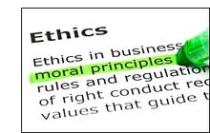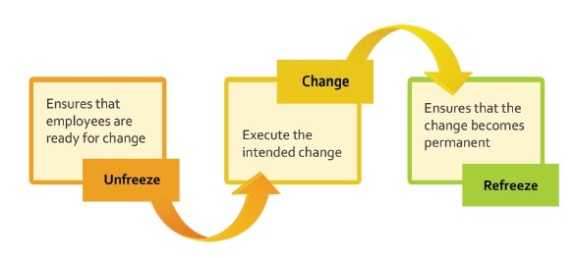Leadership is a pivotal position in any organization, especially when the organization is facing a difficult situation. So the more high risk taking, the more importance of leadership is.
A great leader should be able to face any difficulties or challenges even in the inadequate of information they have been given. They need to have ability to make right decision quickly and decisively, help to other employees to build their confidence of the company when the company is collapsing, leading them to the right direction until the organization becomes more secure. Moreover, when the organization crosses over all the difficult barriers, the leader should make the long-term strategy for the company and getting a well thought out strategy of any possible risk they might face for in the future.
Richard Branson for example, has inspired me by his effective leadership. Branson believes that the pleasure is the main reason for him to involve in business. It is also a key point for Virgin became success. Pleasure lets Branson always maintained the passion of entrepreneurship, put him threw into the work, seize good ideas and opportunities in time and overcome all difficulties constantly. Enjoy the joy through your work but also to be able to face fame and money calmly, because the purpose is to find the happiness rather than power. This is an important point to help Virgin gone thought any difficulties and became successful. “Entrepreneurial business favours the open mind. It favours people whose optimism drives them to prepare for many possible futures, pretty much purely for the joy of doing so” (Richard Branson, 2009).
Want to be a successful leader, we must be honest to face ours strengths and weaknesses then collaborate with others. As Branson said, leaders are not born to be leaders, they learn by doing, and by falling over to learn how to solving problem. Then, they learn by the exploration and experience from work as well as access information and knowledge from different angle. Furthermore, learning decision-making by providing insights. Using communication and coordination abilities to leading other team members working for the same belief. Finally, finding new opportunities through self-reflection and willing to correct errors.
Bennis, W (1997) states that the good leaders have the following characteristics:
(1) Shaping a vision: A good leader should have a looking- forward vision and to set the right direction or priorities for the organization to archive goals.
(2) Professional competence: Having a full knowledge with the industrial environment and status, also ability for strategic thinking.
(3) Courage and insight: When facing any challenges daring combined with superior judgement to make decision even lacking of information, and willing to take risks.
(4) Employment and authorization: By sharing authority and responsibility to cultivate a new successor.
(5) Communication and coordination: A clear expression communication skill, listening to different opinions and the ability to create the environment for employees to tell the truth.
(6) Inspiring: To boost the morale of colleagues or employee’s contributed.
Finally, these qualities of leaders must have ethical behaviours and integrity personality, in order to ensure to lead the organization and working partners on a right path.
My colleagues always gave me feedback of ‘always smiling, easy to communicate and responsibility’; those are my strengths of being a leader, especially in my chosen industry ‘International Marketing’. Being a good leader in this area, firstly should have a good communication skill. Good communication skill can help me to work effectively between clients and other team members. Another strength of me is responsible, as to become a good leader must be responsible for their duty and work, in order to win other members respect.
However, I still have other weaknesses which I hope one day I would be able to develop in the near future after my MBA degree. How to face any disapproval or accusations from other members, and willing to take risks to make decision those will be my development list. By ‘Leading in A Change World’ module, build management knowledge to enhance my strengths and filling up the gaps with my weaknesses, I could be a good leader one day in the future.
As Richard Branson said “If you’re hurt, lick your wounds and get up again. If you’ve given it your absolute best, it’s time to move forward”. Study MBA would not be easy, trying to face any difficulties and finding solutions to conquer it all. Being a good leader I have to learne how to lead my team to overcome any problems and trying our best in every tasks even in the end we could not get the result which we expecting for. Moreover, ethic management would be essential for me to lead my team, also could build the good reputation for the company.
Reference:
1. Richard Branson (2009). Business Stripped Bare: Adventures of a Global Entrepreneur. Great Britain: Virgin Books. P332.
2. Bennis, W. (1997). Managing people is like herding cats. Utah: Executive Excellence Publishing.
3. Jack Preston. (2013). 10 inspirational Richard Branson quotes. Available: http://www.virgin.com/entrepreneur/10-inspirational-richard-branson-quotes. Last accessed 3rd April 2014












